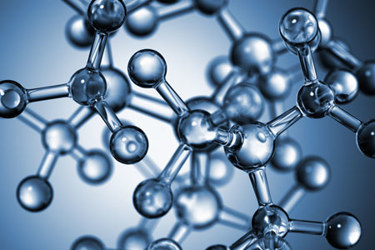From Molecules To Masterpieces: The Art (And Science) Of Injectable Formulation Development

Injectable formulation development is a complex, high-stakes process that transforms a promising molecule into a safe, effective, and deliverable drug product. Far from a simple “add water and shake” scenario, formulation scientists must navigate challenges like poor solubility, instability, dosing limitations, sterility, and regulatory scrutiny. Solubility remains a key hurdle for many APIs, requiring tailored strategies such as co-solvents, pH adjustment, or cyclodextrin complexes—all with trade-offs in safety and compliance. Molecules are also highly sensitive to environmental stressors, necessitating customized stabilizers and often lyophilization, especially for biologics at risk of aggregation.
Deliverability and patient comfort add another layer of complexity: highly concentrated biologics may be too viscous for standard injection methods. Each administration route (IV, IM, SC, depot) introduces specific requirements, from polymer-based controlled release systems to sterility methods that won’t compromise excipient integrity. Every formulation decision impacts downstream CMC sections and regulatory approval timelines, making early-phase precision critical.
Get unlimited access to:
Enter your credentials below to log in. Not yet a member of Drug Discovery Online? Subscribe today.
